** Massive spoilers for Fire Emblem Three Houses, religious themes and internalised misogyny **
It’s strange when you keep getting an annoying pull to write about a specific subject and yet there’s always something hindering that wish. I don’t want to make this personal space overly heavy with walls of text because I tend to go back to older posts to recall some games and I like it to be accessible to me and to the 5 or 6 of you who read my texts for which I’m very grateful. One of the reasons I write about video games is to remember the games I’ve been playing without jumbling everything in my head like, for example, mixing character names, storylines, or having a faint memory of a game like I do with, say, Dungeon Siege II. I played it for many hours but I don’t remember anything about the story. Or Morrowind. I remember it was the darker Elder Scrolls game I’ve played. I remember emotions, not facts, feelings, not scenes.
My memory is a problem because it deceives me constantly. For example, I love Rhea from Fire Emblem Three Houses, and yet she murdered people, experimented on children (to put it mildly) is a self-proclaimed Saint and a cult leader. The negative things always come to memory. No real live Saint worthy of their station calls themselves a Saint. They couldn’t, in practice, because canonization is a posthumous act and it takes years, if not decades, to recognize. And yet, if you want to respect the canon you have to give credit to the Catholic Church, something I have a problem with, but I don’t judge those who do not. I asked myself why I would be so drawn towards a villain, but if you asked my mother she’d easily recall the times when everything I liked in movies, anime or other media, were villains.

In the case of Rhea what attracted me the most was her power, beauty, sadness and drive. The fact that she’s a woman may have played a role. Then again, she’s fragile, old and afraid. She’s so afraid of Nemesis that her whole convo with Claude at the end of Verdant Green was extremely uncomfortable to get into. I wasn’t expecting so much hesitation and fear coming out of an antagonist, especially one that has been making the life of our main character so confusing. And yet, those who went the extra mile and married her, will be able to read one of the best apologies and love declarations Fire Emblem has ever seen. I think that my timing was perfect after four playthroughs of too much to bear. A character that develops differently across different storylines can easily fall into oblivion because it’s not expected that people invest so much time into a game replaying it constantly and I don’t remember any game with such a rich story hidden from plain sight, intentionally or not.
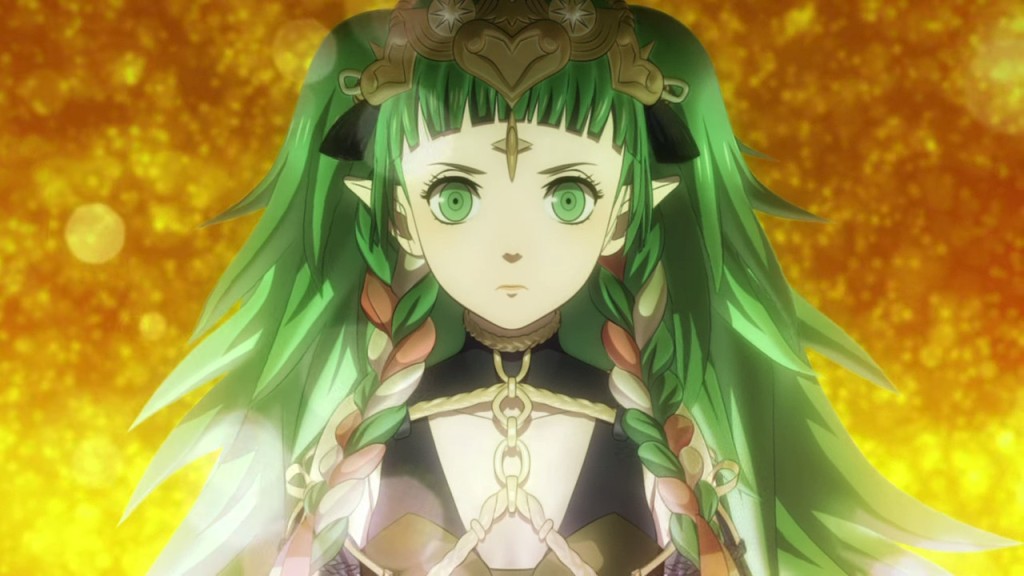
Right at the start it’s clear that our villain is having many problems dealing with grief after the loss of her mother which has arisen to a goddess status. Sothis is the goddess of Fódlan and protector of the land and all its living things. She’s in fact an overpowered alien force. Many of her children were able to transform into powerful dragons, but the few that are left have lost that power, and the only one who can still summon that power is Rhea. If you consider a dragon to be akin to a god I won’t blame you.
“Just being a woman is enough to make my wings droop, let alone the fact that I’m such a wicked one.” — Teresa of Ávila
It’s clear that the representation of religion in video games, especially the Catholic denomination, is done in a very negative light. It’s better than the alternative, because we shouldn’t be creating works of art to convert people to what many perceive as lies and spiritual misery. A dragon Archbishop that dominates the land is a safe option for everyone. You see, faith is not the problem; you can believe in anything you want if it makes you happy – you get kudos if it’s dragons. It’s what you do with it and in its name that’s the problem. People are the problem. So, if you have any form of faith that helps you get through life and its many challenges, try to stay away from people of the same faith and don’t proselytise. Be aware of any form of organised religion and don’t listen to what other people say, especially if they came out of nowhere and aren’t a part of your safe space. Don’t let them in, ever. In case those zealots are already inside your safe space – run. There – now you’re safe to play Fire Emblem Three Houses.
Yes, the Church of Seiros is very loosely based on the Catholic Church and Archbishop Rhea is very loosely based on the authority of the Pope. Fire Emblem Warriors Three Hopes mentioned her stance towards other forms of faith in a positive light in bits and pieces of dialogue, but that’s not important for now. Rhea’s rage at the start of the game is nothing but pure revenge against her mother’s murderer. It’s a crime of passion but not only that. She’s both a victim and a warrior. If you see the battle scene where she confronts Nemesis, the fear in her eyes is palpable. After she wins the fight, she’s an emotional wreck.
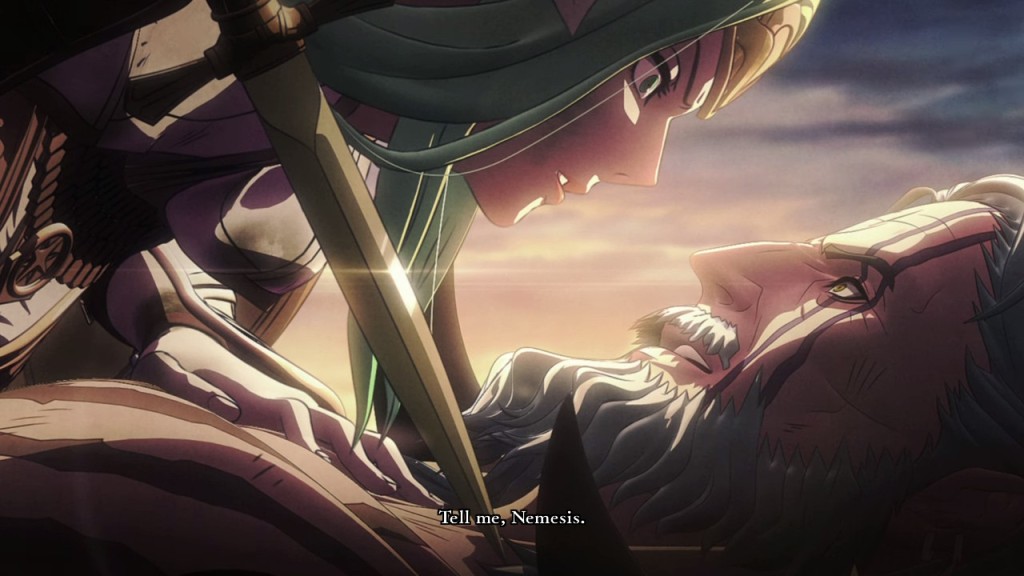
Mental illness, trauma, grief and suffering gave birth to the Church of Seiros. Since she’s a part of another species – the Nabateans – which are on the verge of extinction, there’s a sense of urgency in survival and what else works best than to dominate through faith and a system of nobility with its inception in the goddess herself? The mythology of Three Houses is complex but it’s very well explained in the Fire Emblem wiki. Those bits and pieces can elude us while we’re actually worried about the best class builds and the wiki did a good job in putting together the mythology in their Three Houses Online Bible, totally free and without pop-ups of priests asking for donations.
The system of nobility is closely connected with the power of crests which are solely gotten by birth – and not always guaranteed – originated from the goddess and imbued with the power of dragons, corrupted by Nemesis – the glutton – at a later stage and retaining a special synergy with a matching relic weapon, giving absolute power over all non-crest-bearers and implementing a hierarchy of power and abuse. Because everyone abuses at a certain point, even Seiros. Of course none of this shitshow should be allowed to continue and someone would eventually start a revolution for the power of meritocracy, because that fallacy is still in good health in current days. The power of humans over the alien dragon, to extinguish anything that could pose a threat to what humans can do “for justice,” not before having had a taste of that very same source by stealing, pilling, destroying and abusing, like humans do so well, and fighting for that objective using the power of another set of beings – the Agarthans – by destroying, pilling and abusing until there’s a big nothing left and people can return to their lives and abusing each other in other ways. The endless cycle.
“Do you think […] that it is an easy matter to have to do business with the world, to live in the world, and, as I have said, to live as worldly men do, and yet inwardly to be strangers to the world, and enemies of the world, like persons who are in exile – to be, in short, not men but angels?” — Teresa of Ávila
“Or priests with a sword,” like my wife says, with a snarly tone. I prefer to use the metaphor of an army of angels and not all of them good angels, however, all of them exalting unspeakable force.
We talk a lot about religion, me and her. Not all the time, but every time we do it, we go on and on for hours. The best chats we can possibly have about religion are either with fervorous atheists like my wife or someone from another faith altogether. It helps with perspective and it exercises tolerance and curiosity. Our last one was about the origins of monotheistic religions, about Judaism – which I still know so little about – and how monotheistic religions are systems that firmly establish patriarchal values, etc. I think this is why the gender of the powerful representative of the Church of Seiros feels so out of place and absurd that’s actually exciting. However, in the eyes of the Catholic church, a woman is naturally wicked, like Teresa, in all her self-deprecating glory, earned the title of Saint, something she wouldn’t have agreed on in life. A woman that was at the mercy of “learned men” for her entire life but who was smart enough at choosing her allies.
[Such endearing words] are very effeminate; and I should not like you to be that, or even appear to be that, in any way, my daughters; I want you to be strong men. If you do all that is in you, the Lord will make you so manly that men themselves will be amazed at you. – Teresa of Ávila

The Knights of Seiros were the army of the Church of Seiros but none of them was especially notorious, except Jeralt which was cured with Rhea’s blood, and also Catherine whom had for Rhea a dedication and love that transcended every belief system, solely focused on the person instead of her station. I decided to pair Catherine with another lover, therefore preventing her from having the heartbreak of the century. I paired her with Shamir, a down-to-earth atheist mercenary from the Knights of Seiros whom, at the time, felt indebted to Rhea. The Archbishop herself didn’t mind the lack of devotion. It’s what happens when you need all the help you can get.
This is where my mind can go on a Saturday morning without enough cups of espresso. So, in the end, if we decide to tame the beast and defeat the antagonist, we’re able to save a woman from 1000 years of grief and solitude. In a Japanese game fashion, the power of love and dedication is enough to heal any deep wound and to redeem any misdeeds, even if they include illegal experiments to give new life to a dead goddess. The transformed body parts are akin to the relics of saints. The goddess herself – Sothis – is none the wiser, and the consequence of having to deal with a silent protagonist is a terrible lack of communication that would have breathed new life into the story had it existed in the first place.

Rhea never knew that Byleth actually saw Sothis or what conversations they were having – one-sided conversations at that – and she was clueless as to why Sothis gave her power away and annihilated herself in the process, fusing with Byleth, therefore putting her power in the hands of a human which was created to serve as a vessel – a human reliquary. What I mean is nothing was going to work as intended by Seiros in the first place. The experiment she made to bring her mother back was a sad attempt at shoving the problem under the rug, the problem being the grief and trauma of having her brothers, sisters and mother killed at the hands of humans, their bodies used to build weapons to spread more misery. A trauma that lasted for centuries and left a semblance of peace where in truth a lot of families of crest-bearers were suffering in silence, never fully aware of the origins of their predicament or the secrets of the long forgotten races of beings that once governed the land.
In any case, Saint Seiros, the self-proclaimed Saint, which is in fact Rhea, traveled across the land to find the other children of the goddess or their descendants. She found two more family members, Cethleann and Chicol from those who were alive and still in possession of their faculties. However, as I mentioned earlier, they were more akin to humans than Nabateans because they lost their powers and their dragon forms even though they were still in possession of their crests which were very powerful.
So Rhea along the storyline had some funny mood swings. She could be motherly and affectionate and then snap into a murderous rage. It has been the source of memes across the internet. Founding a church because of the annihilation of a people and meddling into worldly affairs from a seat of power is something very historically significant and very interesting to experience in a video game. My love for this character is much more than just the religious aspect, which interests me from an intellectual, historical and maybe spiritual perspective, but also because no other character made me write so much and think so much about these matters and about a story that’s clearly half-written and yet so gripping and relatable.

Well, in the end, I chose to marry her, and I don’t regret having a dragon anime partner. If there was a choice at the end of the game to “leave Fódlan to humans and flee on the back of your dragon,” I’d take it without further thought. Fire Emblem Three Houses is my absolute favorite game, obviously. I love it so much that every missed opportunity to expand on the lore stings a bit more than it should. I’m becoming very critical of the game every time I think about it, but not in a negative sense. I’m certain that the story will still inspire others to write about it and even expand on the lore.
This text is somewhat unfinished, and I don’t even know if I articulated properly what I wanted to convey, but I’m tired of writing about this. The writers working with Fire Emblem Three Houses did a great job with the story, even though its details are a bit scattered across Fódlan and need to be found with patience and persistence.
Yesterday, I had to crucify a man in Cyberpunk 2077. There’s no rest for wicked women like me.







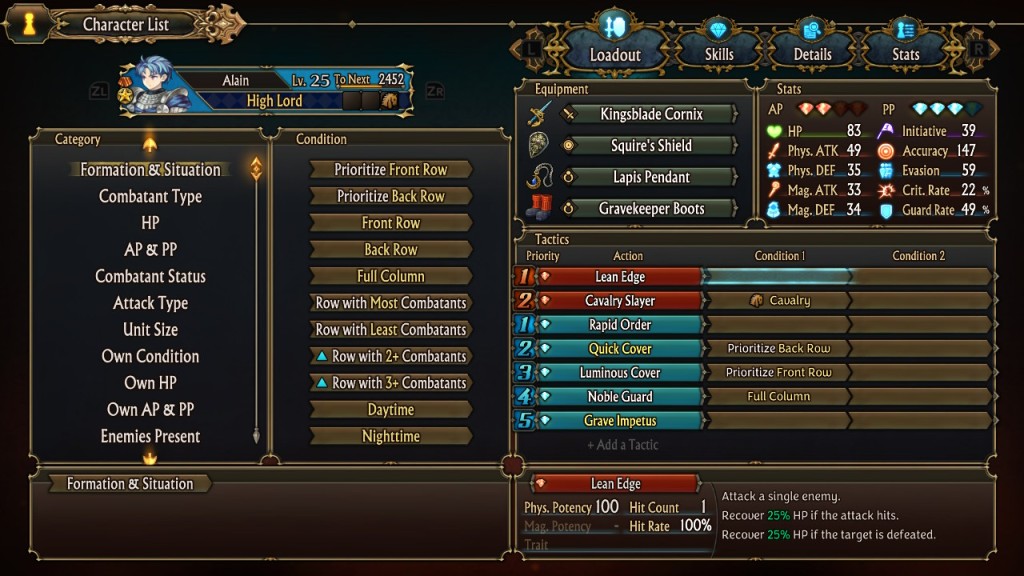


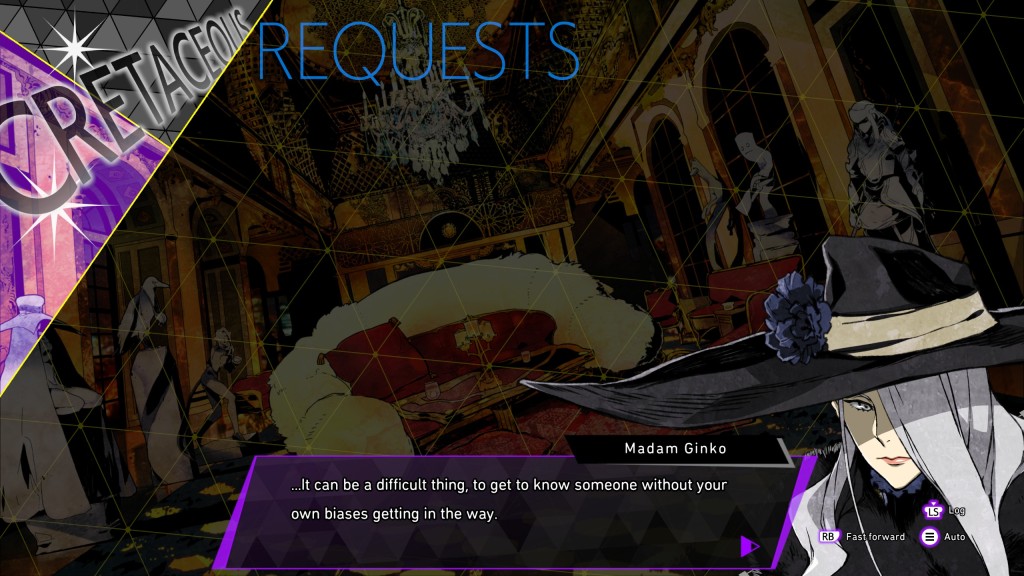



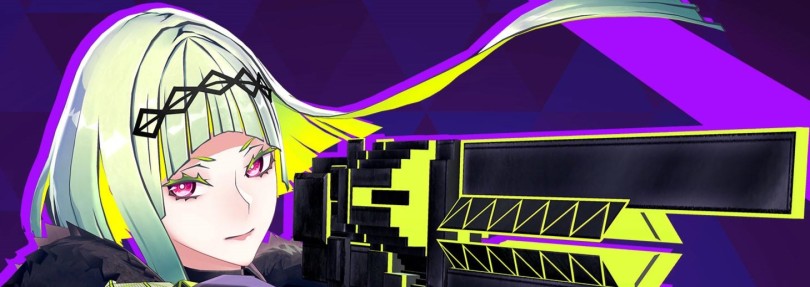
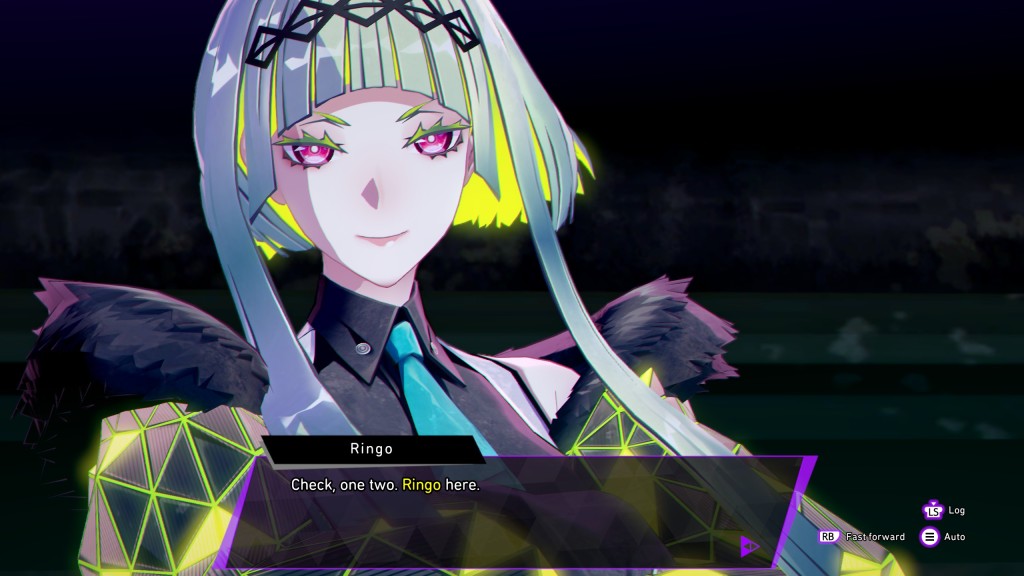






You must be logged in to post a comment.